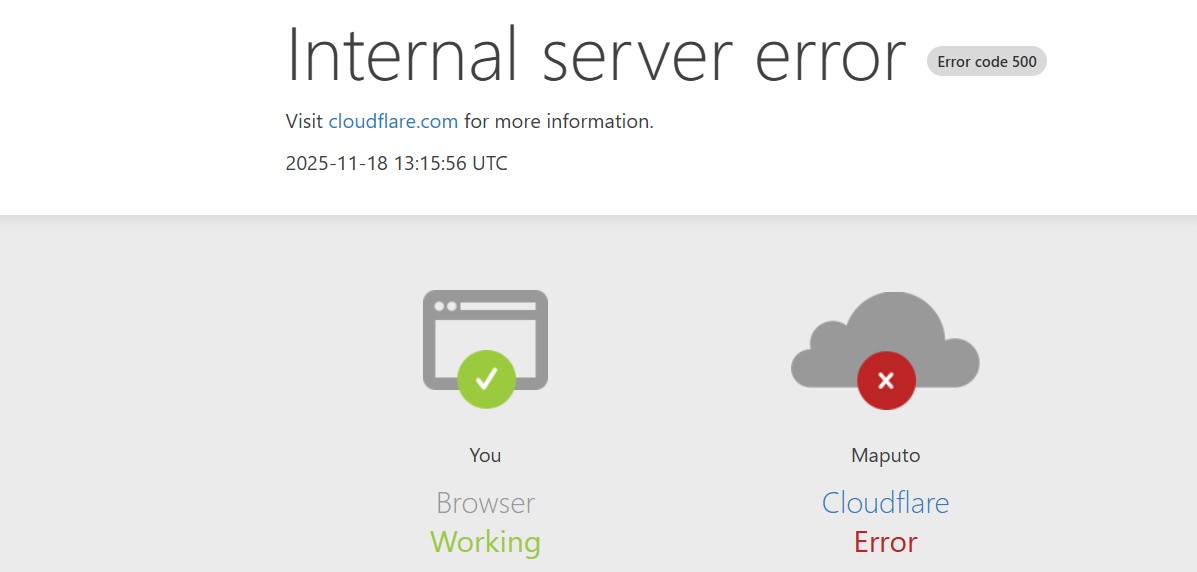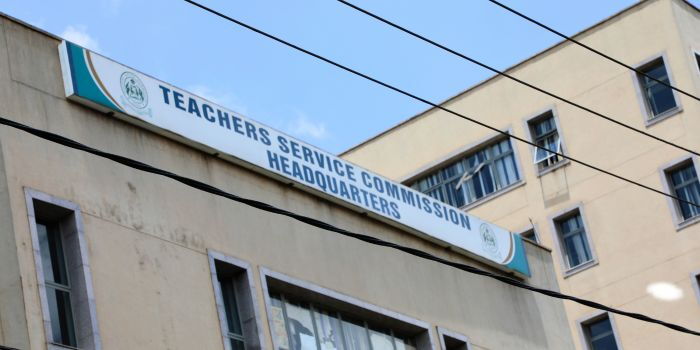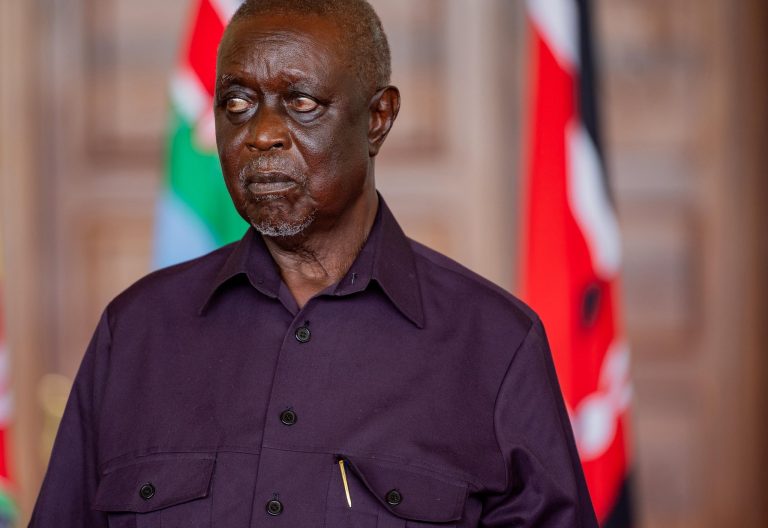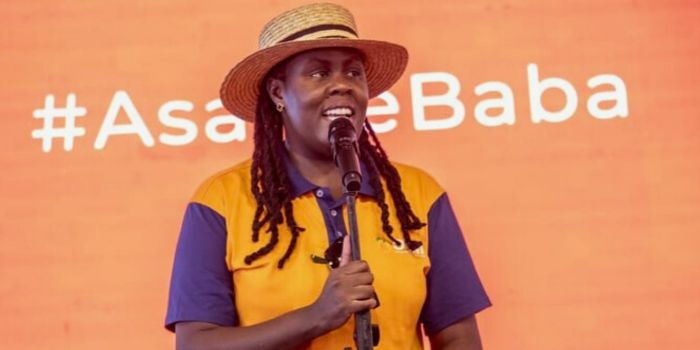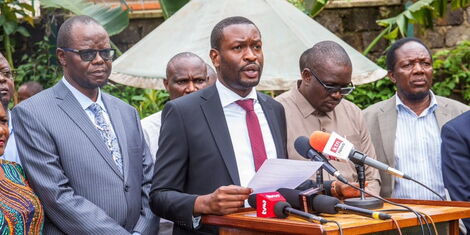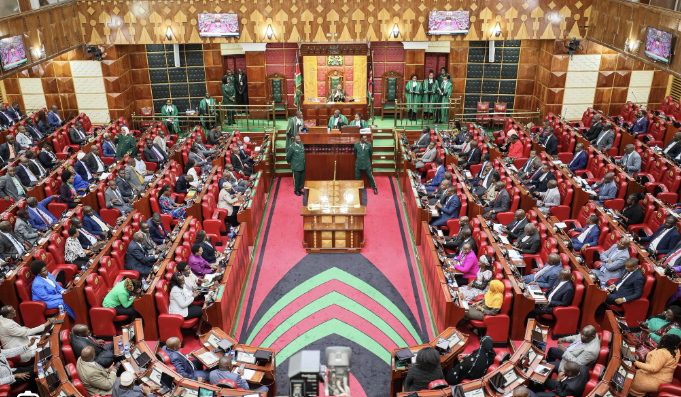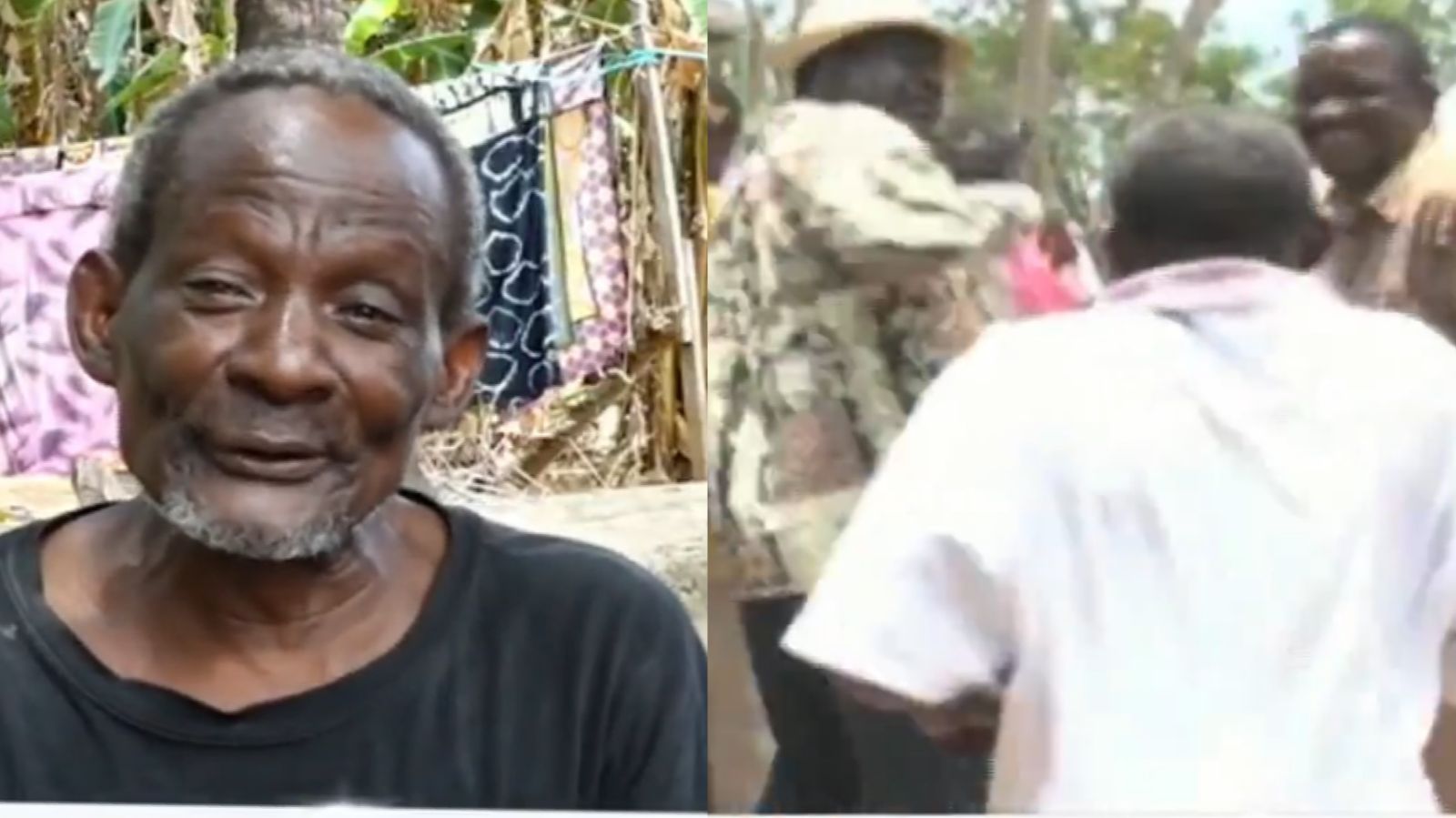
In a dramatic turn that has reignited public discussion around accountability and political symbolism in Kenya, a man at the centre of a now-viral incident has come forward with a formal apology for his actions.
Lengo Karissa, the individual who infamously whipped former Prime Minister Raila Odinga during a public event in 2014, has now expressed regret, seeking forgiveness from Odinga’s family and the broader Kenyan public.
A moment frozen in time.
The episode occurred eight years ago in Kwale County, when Odinga and then-Governor Salim Mvurya were participating in a dance at a public event. Karissa approached and struck Odinga with a walking stick before being apprehended by security personnel. He was later arrested and charged with causing disturbance and bodily harm.
However, Odinga reportedly forgave him, and the case was eventually dropped. Why the apology matters nowKarissa’s decision to apologise publicly is significant for several reasons. First, it underscores how moments from the past—once captured and circulated—can continue to shape narratives of political respect, public memory and reconciliation.
Second, the target of Karissa’s act, Odinga, has grown in symbolic stature over time; the apology thus carries broader meaning beyond a personal gesture.Speaking on Friday, October 17, Karissa told interviewers that he has “long wished to meet” Odinga and apologise in person, but his efforts fell short. “I know he is now deceased, but I still ask for forgiveness. Raila was a great leader who should be emulated. Even to his family, they should not worry.
They are also heroes,” Karissa said. Questions raised.
The apology raises key questions: What does this mean for Odinga’s legacy and those who opposed or challenged him? How do such symbolic acts of violence—and subsequent acts of remorse—shape public trust? And in a broader sense, how does society process public apologies decades after the original act, especially when the victim is no longer alive?
Observers might point out that while Odinga forgave Karissa soon after the event, the public apology now functions differently: it arrives in a moment when Odinga’s legacy is increasingly debated, and when the circulation of the original video continues to draw attention.
By owning up, Karissa not only acknowledges his wrongdoing but also aligns himself with a memory of Odinga as a patriotic figure who “greatly contributed to Kenya’s democracy,” as he put it.
Implications for public forgiveness and political culture.
This development illustrates how public figures and ordinary citizens alike can become enmeshed in symbolic storytelling. Karissa’s appeal to Odinga’s family for forgiveness highlights the personal dimension of public acts.
Moreover, it emphasizes how one moment—in this case a physical assault—can linger in collective consciousness and compel late-coming reflection.For political culture, the incident and its follow-up are a reminder that respect, challenge In a dramatic turn that has reignited public discussion around accountability and political symbolism in Kenya, a man at the centre of a now-viral incident has come forward with a formal apology for his actions. Lengo Karissa, the individual who infamously whipped former Prime Minister Raila Odinga during a public event in 2014, has now expressed regret, seeking forgiveness from Odinga’s family and the broader Kenyan public.
A moment frozen in time
The episode occurred eight years ago in Kwale County, when Odinga and then-Governor Salim Mvurya were participating in a dance at a public event. Karissa approached and struck Odinga with a walking stick before being apprehended by security personnel. He was later arrested and charged with causing disturbance and bodily harm. However, Odinga reportedly forgave him, and the case was eventually dropped.
Why the apology matters now
Karissa’s decision to apologise publicly is significant for several reasons. First, it underscores how moments from the past—once captured and circulated—can continue to shape narratives of political respect, public memory and reconciliation. Second, the target of Karissa’s act, Odinga, has grown in symbolic stature over time; the apology thus carries broader meaning beyond a personal gesture.
Speaking on Friday, October 17, Karissa told interviewers that he has “long wished to meet” Odinga and apologise in person, but his efforts fell short. “I know he is now deceased, but I still ask for forgiveness. Raila was a great leader who should be emulated. Even to his family, they should not worry. They are also heroes,” Karissa said.
Questions raised
The apology raises key questions: What does this mean for Odinga’s legacy and those who opposed or challenged him? How do such symbolic acts of violence—and subsequent acts of remorse—shape public trust? And in a broader sense, how does society process public apologies decades after the original act, especially when the victim is no longer alive?
Observers might point out that while Odinga forgave Karissa soon after the event, the public apology now functions differently: it arrives in a moment when Odinga’s legacy is increasingly debated, and when the circulation of the original video continues to draw attention. By owning up, Karissa not only acknowledges his wrongdoing but also aligns himself with a memory of Odinga as a patriotic figure who “greatly contributed to Kenya’s democracy,” as he put it.
Implications for public forgiveness and political culture
This development illustrates how public figures and ordinary citizens alike can become enmeshed in symbolic storytelling. Karissa’s appeal to Odinga’s family for forgiveness highlights the personal dimension of public acts. Moreover, it emphasizes how one moment—in this case a physical assault—can linger in collective consciousness and compel late-coming reflection.
For political culture, the incident and its follow-up are a reminder that respect, challenge and reconciliation often play out in slow motion. While the immediate legal consequences were resolved years ago, the social and symbolic consequences have remained active until today. reconciliation often play out in slow motion. While the immediate legal consequences were resolved years ago, the social and symbolic consequences have remained active until today.


